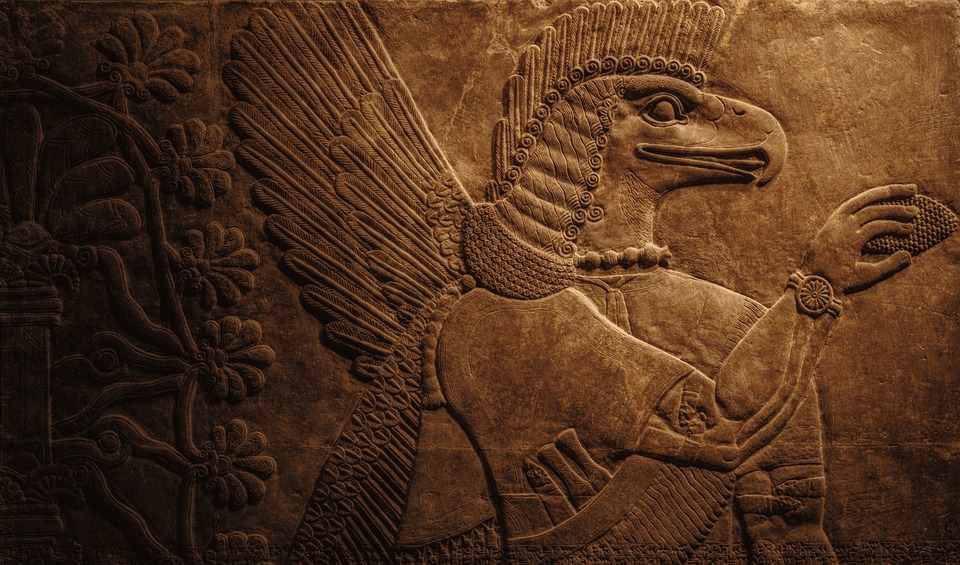
Mesopotamia, which is now modern-day Iraq, was the cradle of civilization, and it is considered one of the earliest civilizations in human history. Mesopotamia is known for its development of writing, agriculture, and architecture, as well as for its complex legal systems. Property rights played a crucial role in the social and economic development of Mesopotamia, and the legal status of women in this regard varied throughout its history.
The legal status of women in Mesopotamia regarding property ownership depended on the specific period and the city-state they lived in. Mesopotamia was composed of several city-states, each with its own legal system and traditions. Therefore, it is essential to examine the different periods of Mesopotamian history and their legal systems to understand the status of women’s property rights.
The Early Dynastic Period (2900-2350 BCE) saw the emergence of the first city-states in Mesopotamia. During this period, society was divided into two classes: the nobility and the commoners. The nobility owned large estates and controlled the means of production. In contrast, the commoners owned smaller plots of land and worked as farmers, artisans, and merchants. Women, regardless of their social status, had limited property rights. They could own and inherit property, but their rights were subject to the approval of their male guardians, usually their fathers or husbands. Women could inherit property from their fathers or husbands, but they could not dispose of it without their guardians’ permission.
The Akkadian Empire (2334-2154 BCE) was the first empire in Mesopotamia, founded by Sargon of Akkad. During this period, the legal status of women changed significantly. Women were still subject to their male guardians’ authority, but they had more property rights than in the previous period. They could own and inherit property, dispose of it, and enter into contracts. Women also had the right to divorce and keep their property, and they could take legal action against their husbands for property disputes. The Code of Hammurabi, which was promulgated during the Babylonian Empire (1792-1750 BCE), recognized women’s property rights explicitly. The Code of Hammurabi stated that a woman who brought property into a marriage could retain it if her husband divorced her or if he died, and her husband’s family could not claim it.
The Assyrian Empire (1365-609 BCE) was known for its military conquests and its brutal treatment of its subjects. Women’s property rights during this period were limited. Women could own and inherit property, but their rights were subject to the approval of their male guardians. Women could not dispose of their property without their guardians’ permission, and they could not take legal action without the permission of their guardians. The Assyrian laws were also harsh on women who committed adultery or disobeyed their husbands. Adultery was punishable by death, and disobedient wives could be beaten or divorced without compensation.
The Neo-Babylonian Empire (626-539 BCE) was the last empire in Mesopotamia before its conquest by the Persians. Women’s property rights during this period were similar to those of the earlier Babylonian Empire. Women could own and inherit property, dispose of it, and enter into contracts. The Code of Hammurabi was still in effect during this period, and it recognized women’s property rights explicitly.
In conclusion, the legal status of women in Mesopotamia regarding property ownership varied throughout its history. Women had limited property rights during the Early Dynastic Period, but their rights expanded during the Akkadian Empire and the Babylonian Empire. The Assyrian Empire limited women’s property rights, and the Neo-Babylonian Empire restored them. The legal status of women in Mesopotamia was complex, and it depended on several factors, such as social status, city-state, and time period.
It is important to note that despite the legal restrictions, women in Mesopotamia were active participants in economic life. Women were involved in agriculture, trade, and crafts, and they often managed their households’ finances. Women’s economic activities gave them some degree of economic independence, even if their property rights were limited.
Another significant factor that influenced women’s property rights in Mesopotamia was religion. Mesopotamian religion was polytheistic, and it had a significant impact on the legal system. The gods and goddesses were believed to have created the laws, and they were the ultimate judges of human behavior. Women were also involved in religious activities, and they played important roles in religious ceremonies. The goddesses were often associated with fertility and agriculture, and they were believed to protect women and their families. The religious significance of women in Mesopotamia gave them some degree of social and cultural influence, even if their legal rights were limited.
In conclusion, women in Mesopotamia had limited property rights, but their economic activities and religious significance gave them some degree of influence and independence. Women’s property rights varied throughout Mesopotamian history, and they were influenced by several factors, such as social status, city-state, time period, and religion. Understanding the legal status of women in Mesopotamia is essential to understand the social, economic, and cultural development of one of the earliest civilizations in human history.







